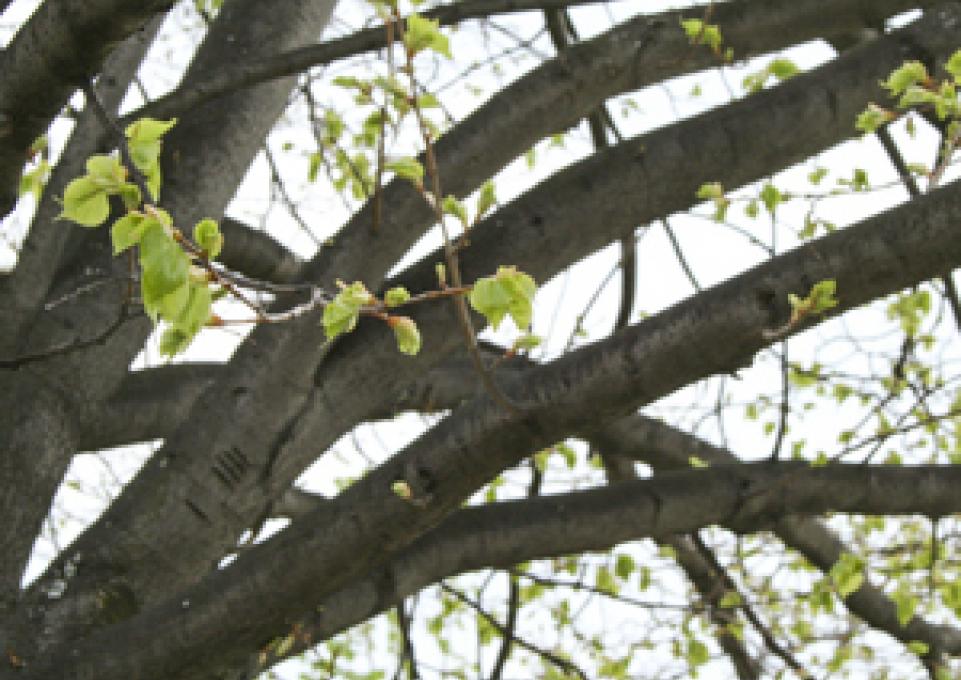
Forests may not be the "carbon sinks" that scientists once thought, according to a paper coauthored by Robert J. Warren, assistant professor of biology. That’s because rotting trees contain microorganisms that produce and release methane into the atmosphere.
The phrase "carbon sink" refers to anything that retains carbon-based compounds such as carbon dioxide and methane, key greenhouse gases. As the amount of greenhouse gases in the atmosphere continues to increase, scientists include the offsetting effects of carbon sinks in computer models that analyze the world’s changing climate.
"What's important about this information is that, while forests are still an important carbon sink, it's possible that we're overestimating the carbon load they can absorb," said Warren.
Warren was leading a group of students at the University of North Carolina at Asheville in a research project that involved the common practice of coring trees to estimate their ages. As a student removed a core sample from a tree, he heard a hissing sound coming from the tree. "I told him it was methane escaping," said Warren.
The student tried to light it, and, to Warren’s surprise, the methane flared into a strong flame. Although scientists have known for a long time that, under certain circumstances, trees may emit methane, he said that the amount released in this case was unexpected.
Warren’s curiosity was piqued, so he investigated the surprising phenomenon. "Collaboration is key," he said. "I didn’t know anything about measuring methane in trees, but I had colleagues who did." Warren worked with Kristofer Covey, Stephen Wood, Xuhui Lee and Mark Bradford at the Yale School of Forestry Environmental Studies to investigate the prevalence of methane emission in diseased and rotting trees.
The research team’s results, "Elevated methane concentrations in trees of an upland forest," were published in Geophysical Research Letters, a peer-reviewed scientific journal whose mission is "to disseminate concisely written, high-impact research reports on major scientific advances."
Their findings estimate that the emission rate of methane from the microorganisms are equivalent to about 18 percent of the carbon likely to be contained in the forest studied. These findings imply that forests may only be able to serve as carbon sinks for about 80 percent of the amount of carbon scientists have been estimating in various climate-change models.
"There may be more natural carbon release in temperate North American forests than we thought," said Warren. "That means we have to cut that much more human-produced carbon from being released into the atmosphere."
